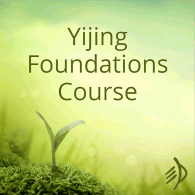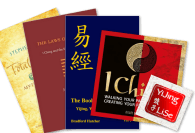The elusive hexagram 57
‘No one can tell me, Nobody knows, Where the wind comes from, Where the wind goes.’ AA Milne, ‘Wind on the Hill’ Xun has to be the most elusive hexagram. It’s awkward to translate (you need one word that means penetrating, interpenetrating, subtly, imperceptibly, gently, submitting…) and really tricky to… Read more »The elusive hexagram 57









